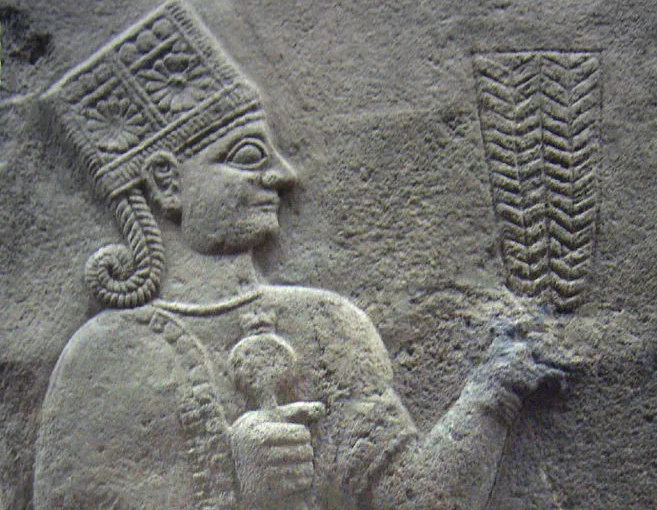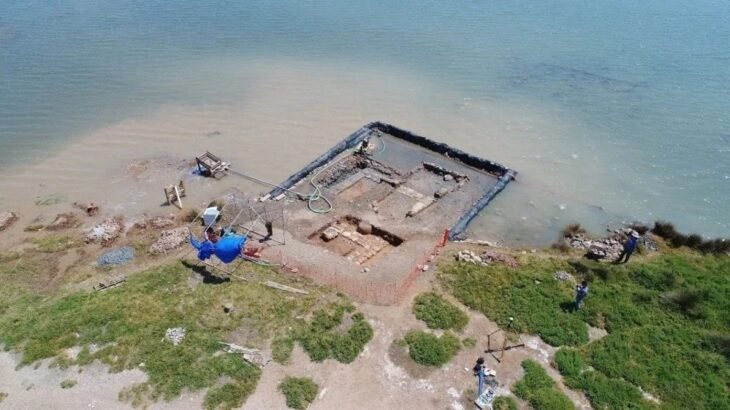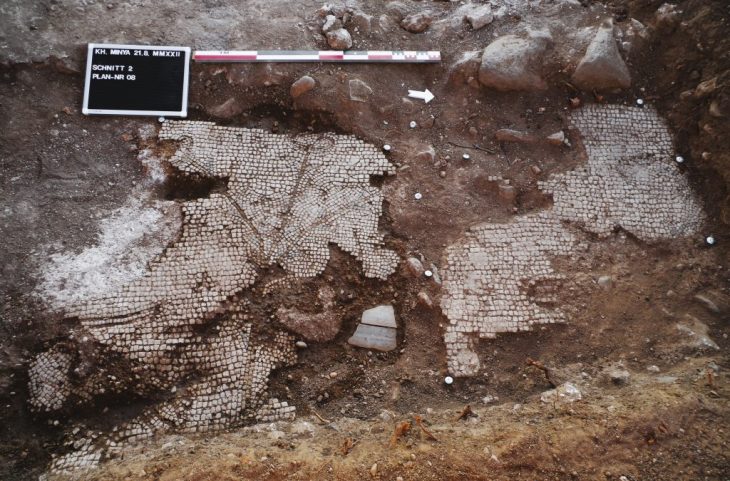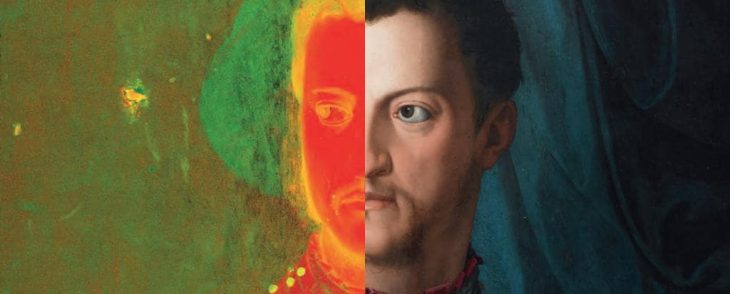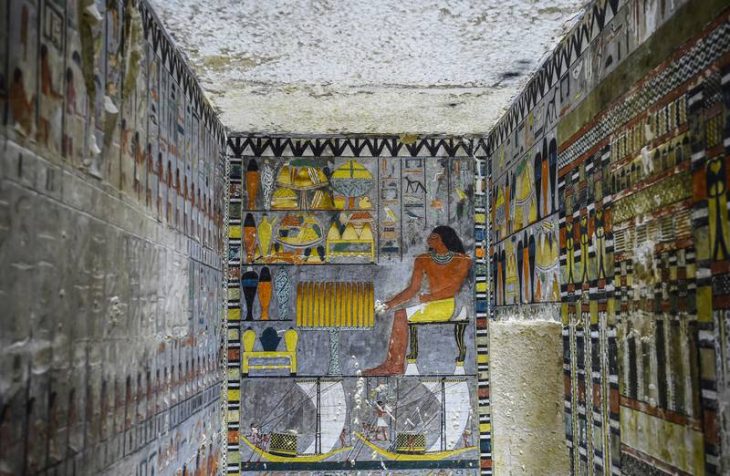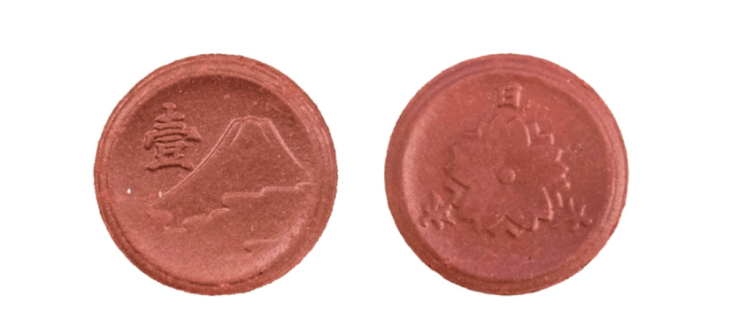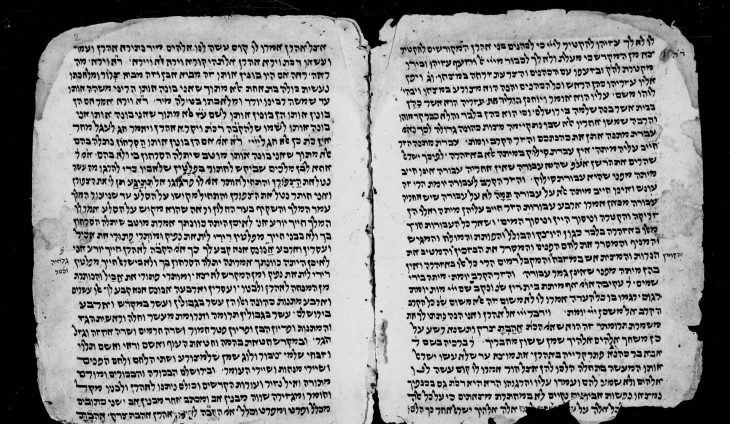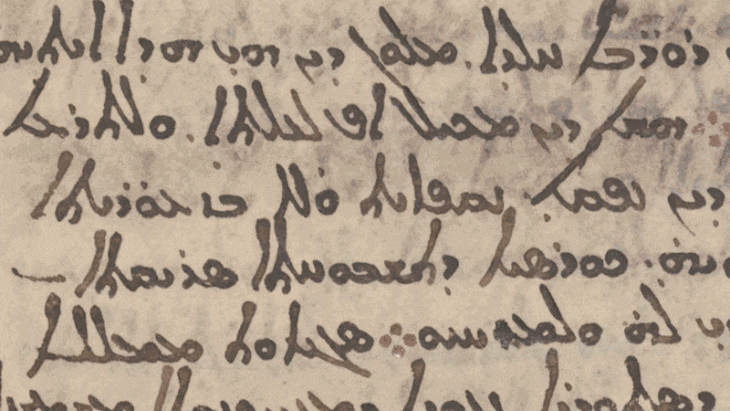Is it possible to say who was the first queen in history? Given the size and diversity of human civilization, perhaps the answer to that is still unknown. However, according to the history that has been documented and is known to all people, Queen Kubaba was the first woman to rule the ancient Sumerian Dynasty.
Very few women ever rose to power in the kingdoms and empires established in the Near East, Asia, and Europe. These women often first accessed their power through men (fathers, husbands, brothers, and sons).
But the Sumerian queen Kubaba was a true monarch — a queen regnant who ruled in her own right, rather than a queen consort, who is simply the wife of the monarch. The King List refers to her as Lugal (king), not as Eresh (queen consort). She is the only woman to bear this title.
A common setting for stories about strong women in antiquity is Egypt, the country of the pharaohs Sobekneferu, Hatshepsut, and Cleopatra. However, Kubaba, probably circa 2400 B.C., ascended to the Sumerian throne well in advance of all of them.
In the recorded history, that is known worldwide, Kubaba was the first female ruler who ruled the ancient Sumerian Dynasty for a hundred years. Tons of monarchs make an appearance on the Sumerian King List, but there’s only one lady named: Kubaba, or Kug-Bau. She was a woman alone – the only queen regnant who’s recorded as bearing divine rulership.
This list, a chronicle of rulers that often straddles the boundary between history and legend, provides us with the little information we do know about her. For instance, it is said that Enmen-lu-ana ruled for 43,200 years. Even though Kubaba’s reign makes more sense, she is nevertheless recognized for having led Sumer for an improbable 100 years.
According to the Sumerian King List, Kubaba is the only female ruler who has ruled for 100 years in the early days of the third dynasty of Kish during 2500–2330 BC, an ancient city-state of Sumer, Mesopotamia.
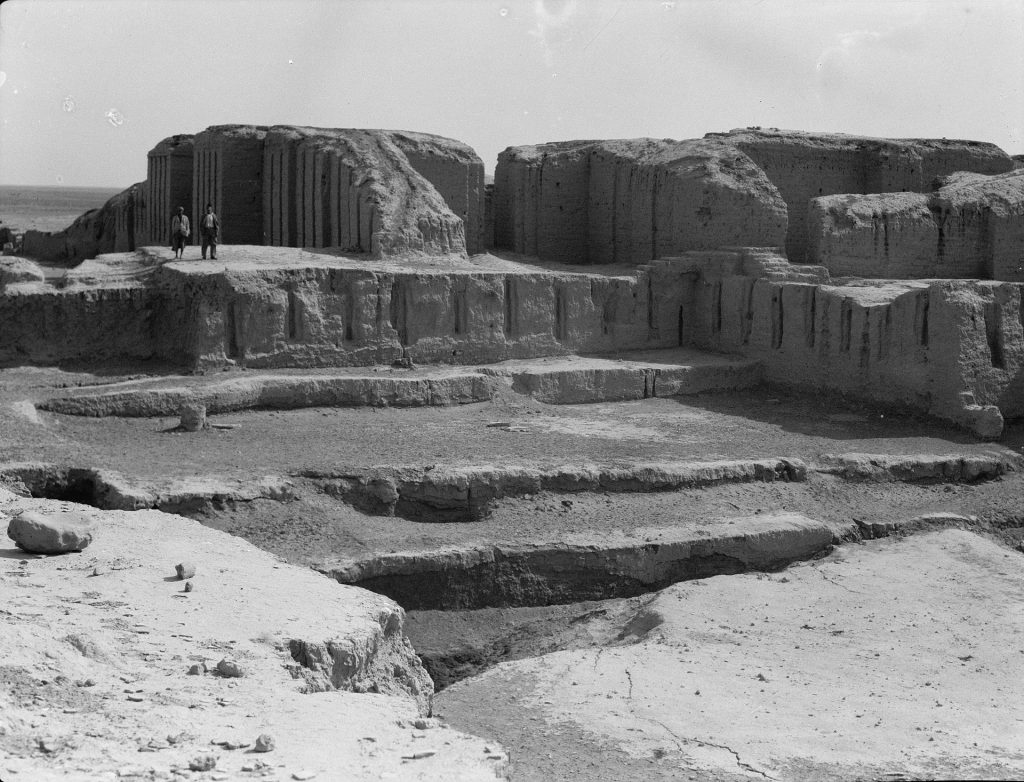
In the King List, Kubaba is first mentioned as “the woman tavern-keeper.” How did she go from running a bar/inn to ruling a city? We can’t be certain, but female tavern keepers were important figures in Sumerian mythology and daily life. Perhaps this is due to the enormous importance of beer in Sumerian culture. Women often ran taverns, holding perhaps one of the only independent female positions of power in ancient Sumer.
Siduri the tavern-keeper, who runs an inn in the Underworld, is a significant character in the Epic of Gilgamesh. She must be some kind of immortal to live where she does, and she gives Gilgamesh wise advice like “Who among mortals can live forever?” “Man’s life is short…let there be pleasure and dancing.” So, even in antiquity, a female tavern-keeper was seen as a guide along perilous paths and a figure worthy of veneration in what was probably a very important epic.
But what was the purpose in identifying her profession? By associating her with the mythical Siduri and a prominent feminine profession the recorder of the King List literally immortalized Kubaba and made her the one of world’s most independent women.
Her epithet is longer than most, which suggests that ancient scribes found her especially noteworthy. Alongside her name it reads, “the woman tavern-keeper, who made firm the foundations of Kish.”
Kubaba or Kug-Bau, as she is called in the Sumerian language, according to the Sumerian King list and she ruled after the Great Flood, following the defeat of Sharrumiter of Mari. Some historian links her with the Fourth dynasty of the Kish dynasty.

The Sumerian tradition holds that kingship is not linked to a permanent capital. It moves from place to place, bestowed by the gods on one city and then transferred elsewhere at their discretion after a few generations. Mari held the throne for more than a century before Kubaba, the lone member of Kish’s Fourth dynasty. It was relocated to Akshak after Kubaba. Kish rose to prominence again with Kubaba’s son, Puzer-Suen, and grandson, Ur-Zababa, who served as the city’s fourth and final dynasty’s first two rulers.
In his book “Gender and Aging in Mesopotamia: The Gilgamesh Epic and Other Ancient Literature“, Rivkah Harris claims, vaguely, that Kubaba “seized” the throne.
Canadian Assyriologist Albert Kirk Grayson has written that “the whole point of the narrative is to illustrate that those rulers who neglected or insulted [the god] Marduk or failed to provide fish offerings for the temple Esagil had an unhappy end.”
According to the text, Kubaba feeds a fisherman and persuades him to offer his catch to Esagila. Marduk’s favor in response comes as no surprise: “Let it be so,” the god said, and with that, he “entrusted to Kubaba, the tavern-keeper, sovereignty over the whole world.” That’s right — her campaign expenses for world domination amounted to a loaf of bread and some water. Coincidentally, bread and water (the ingredients of Sumerian beer) were the foundation of her pre-monarch life as well.
It seems that the divine connotations became more prominent over time, and the human Kubaba gradually vanished from memory. She was supposedly worshipped as the guardian of the Syrian city of Carchemish in the Hittite era in the following millennium. The connection between the historical figure and the deity is not evident, though.
Cover Photo: Commons

